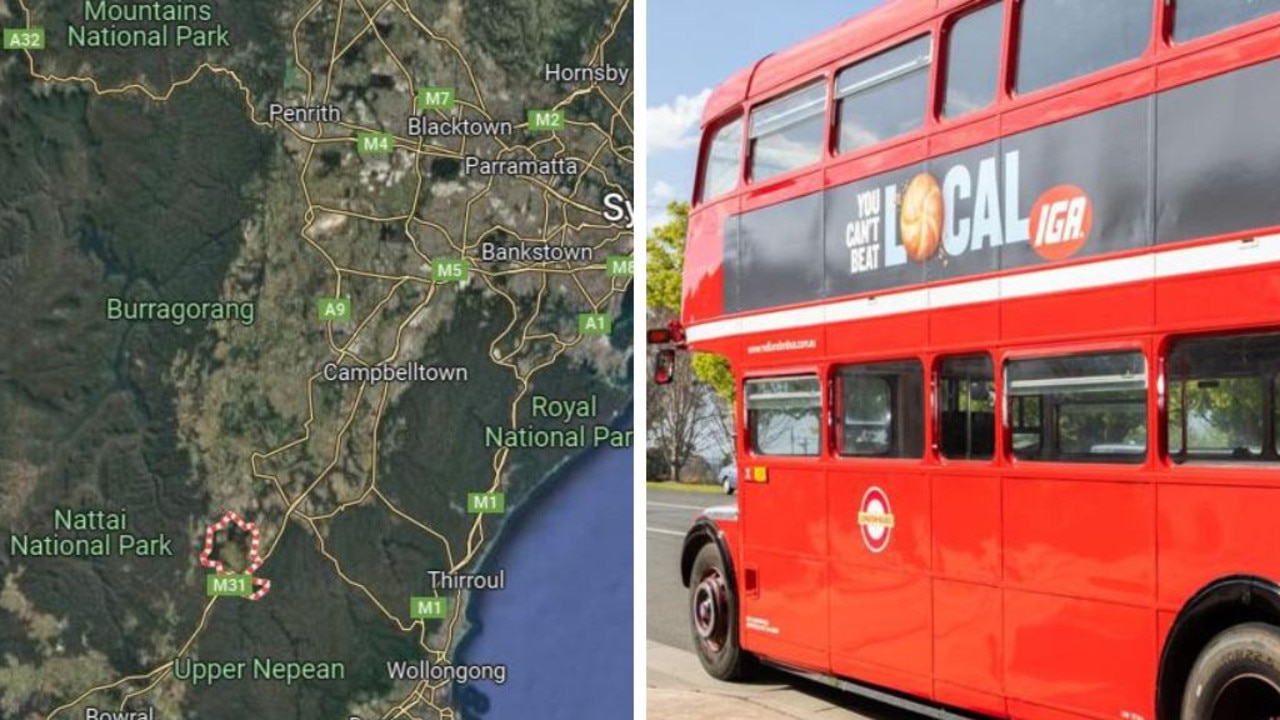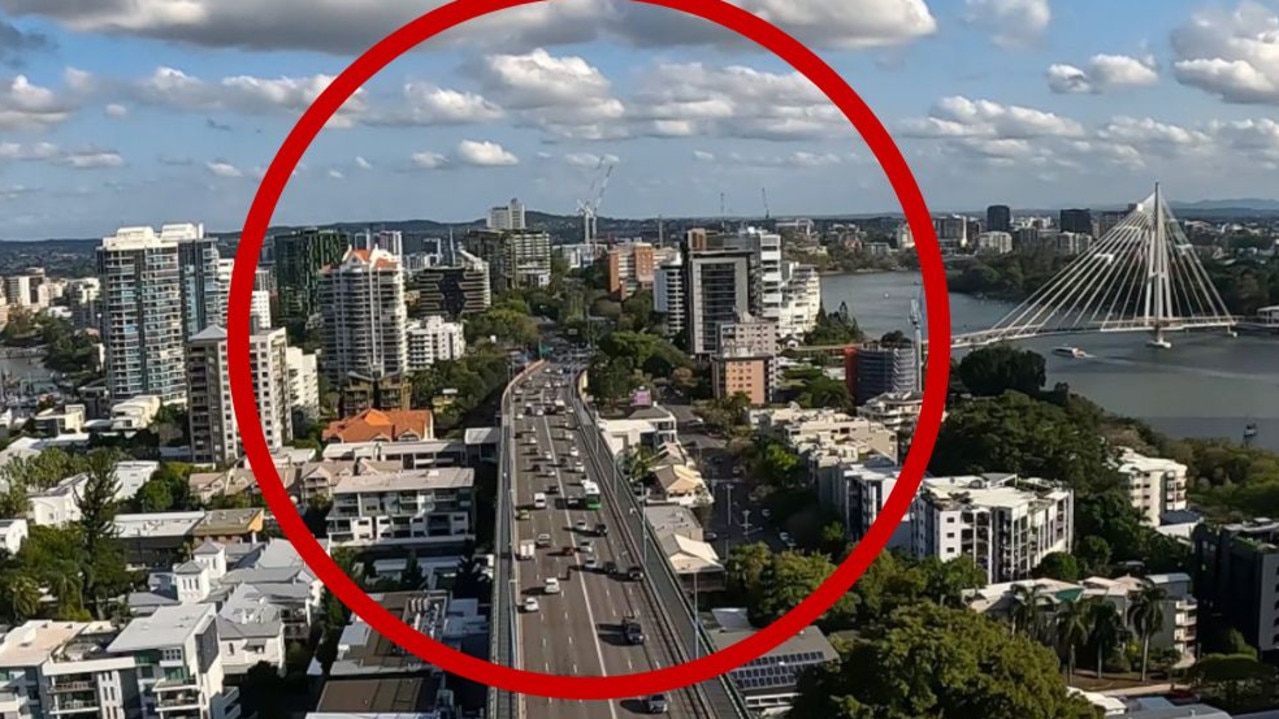Stunning photos of Australia, New Zealand, Antarctica and New Guinea: 2015 ANZANG finalists
WHO needs to travel overseas when we’ve got all of these incredible locations to see and capture right on our own doorstep?
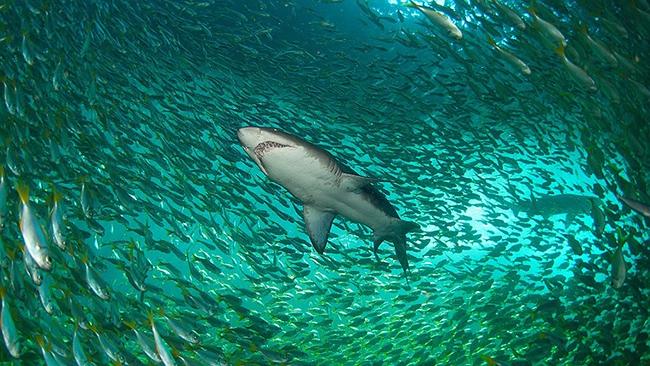
WHERE the bloody hell are you?
As the photographs in the final of the Australian Geographic ANZANG (stands for Australia, New Zealand, Antarctica and New Guinea) competition show, you really should be here.
The competition celebrates the natural heritage of the those regions each year and has received it’s highest number of entries with 2049 photographs from photographers in 13 countries.
THE LOOKING GLASS GREY NURSE SHARK - PHOTOGRAPHER: TONY BROWN
“On our yearly trip to South West Rocks I decided to break up the eight hour return with three days at Nelson Bay. Normally I don’t venture past the shore dives at Nelson Bay, but after this spectacular dive at the Looking Glass at Broughton Island, I will be returning.”
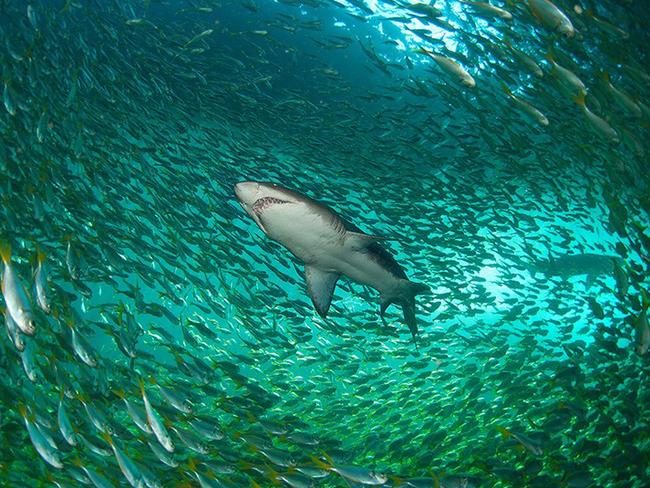
Categories include animal behaviour, animal portrait, botanical and threatened species.
Many of the stories that accompany the images include the photographer’s tales of hours upon hours of attempts at capturing the perfect picture.
Photographer Doug Gimesy, a finalist in the Animal Portrait category, captured a mesmerising image of a southern royal albatross in the last hour, of the last day, of a two-week expedition to sub-Antarctica.
“Often hours of research are needed before I even get to a location. I like to know the local weather conditions and understand specific animal behaviours, so I can shoot at the best time of the day and with minimal impact on the subject and environment, ” Mr Gimesy said.
A ROYAL IN WAITING - PHOTOGRAPHER: DOUG GIMESY
“A southern royal albatross waits patiently for its egg to hatch on Campbell Island – an uninhabited sub-Antarctic island around 700 kilometres south of New Zealand’s mainland. Breeding every two years and with only about 8,500 breeding pairs left, sadly they are now classified as vulnerable to extinction.”

SALTWATER CROCODILE - PHOTOGRAPHER: JUSTIN GILLIGAN
“Exploring the coral reefs of Kimbe Bay is like being caught in a literal time warp, where the hours pass by like fleeting moments as you move from one photographic subject to the next. The shallows along the reef edge in the bay are particularly interesting to photograph. This juvenile saltwater crocodile had just been released from a nearby crocodile farm, so presented the perfect opportunity for a close encounter on the perfect glistening stage”
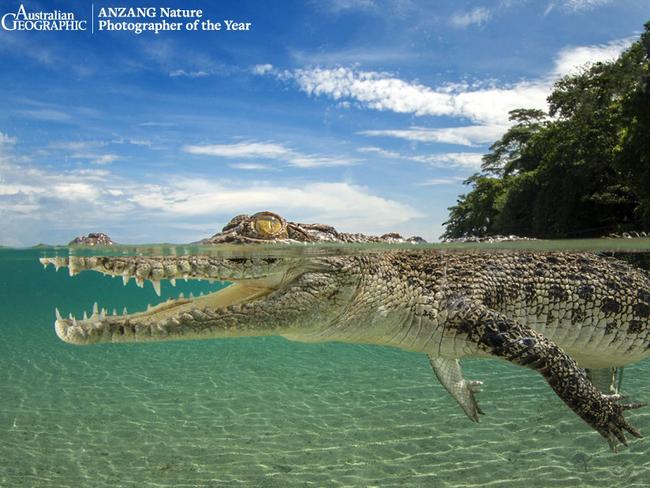
EARTH, WATER, FIRE AND SKY - PHOTOGRAPHER: DAVE KAN
“Shot from Lower Beechmont in Queensland, although natural in appearance, this scene would not exist without extensive human presence. Advancetown Lake can be seen, created by Hinze Dam. The apparent bushfire is a large burn-off operation in full swing. Finally, light pollution from the Gold Coast colours the night sky.”

ICY LOOKS EASTERN GREY KANGAROO - PHOTOGRAPHER: CHARLES DAVIS
“I found this female eastern grey kangaroo high in the Australian backcountry during one of the biggest storms of the season. The snow was so deep her fur was covered in ice. We both sheltered behind the snow gum, understanding that the wind was scarier than either of us. Cascade Trail, New South Wales.”
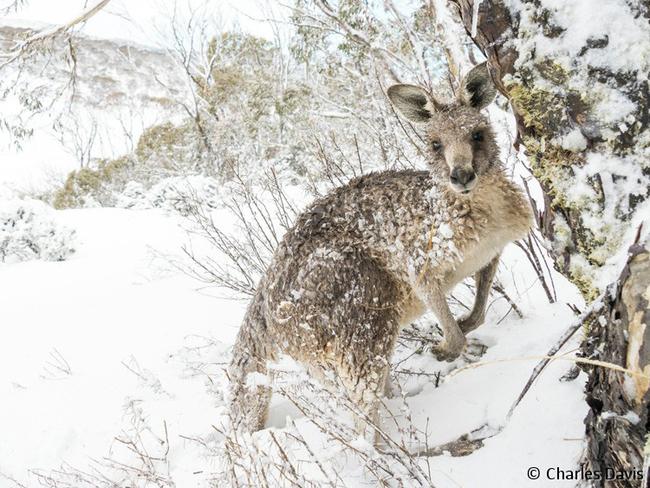
The exhibition opens at the South Australian Museum on August 1, 2015.

